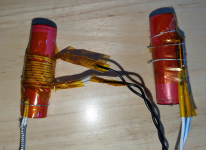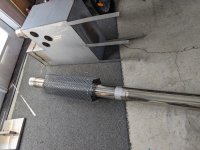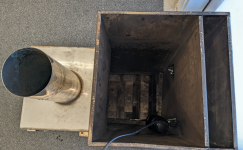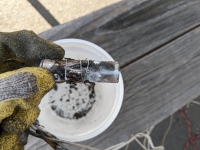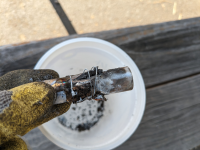jonescg
100 MW
We used to make gunpowder (KNO3, S, C) and rocket toffee (KNO3, Sucrose) using coffee grinders and ball mills. The ball mill ended up being best for the gunpowder, and the grinder for the rocket fuel.
As for the long cooldown with PCMs, yeah I reckon the solution is to ensure there's still a heat-shedding surface available. The thermal conductivity of solid paraffin is pretty bad, but still better than air. To be honest the main reason for considering it is so the wax behaves like a potting compound, while weighing significantly less than a potting compound. And it contributes to some corrosion resistance too.
As for the long cooldown with PCMs, yeah I reckon the solution is to ensure there's still a heat-shedding surface available. The thermal conductivity of solid paraffin is pretty bad, but still better than air. To be honest the main reason for considering it is so the wax behaves like a potting compound, while weighing significantly less than a potting compound. And it contributes to some corrosion resistance too.




